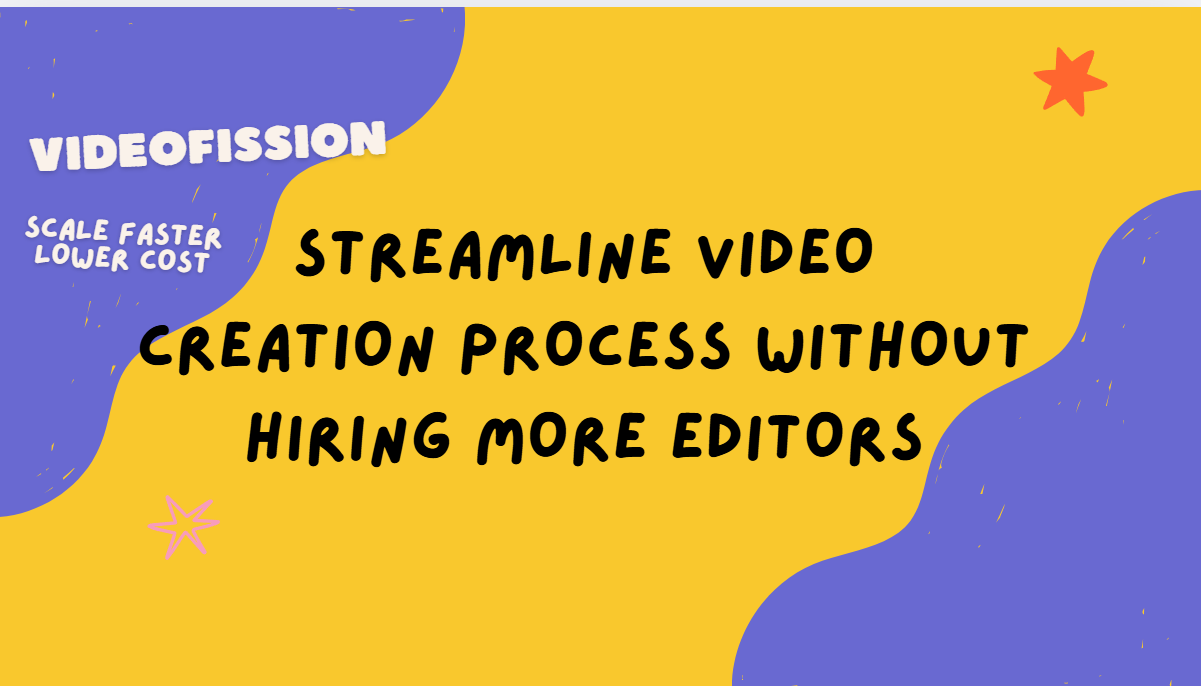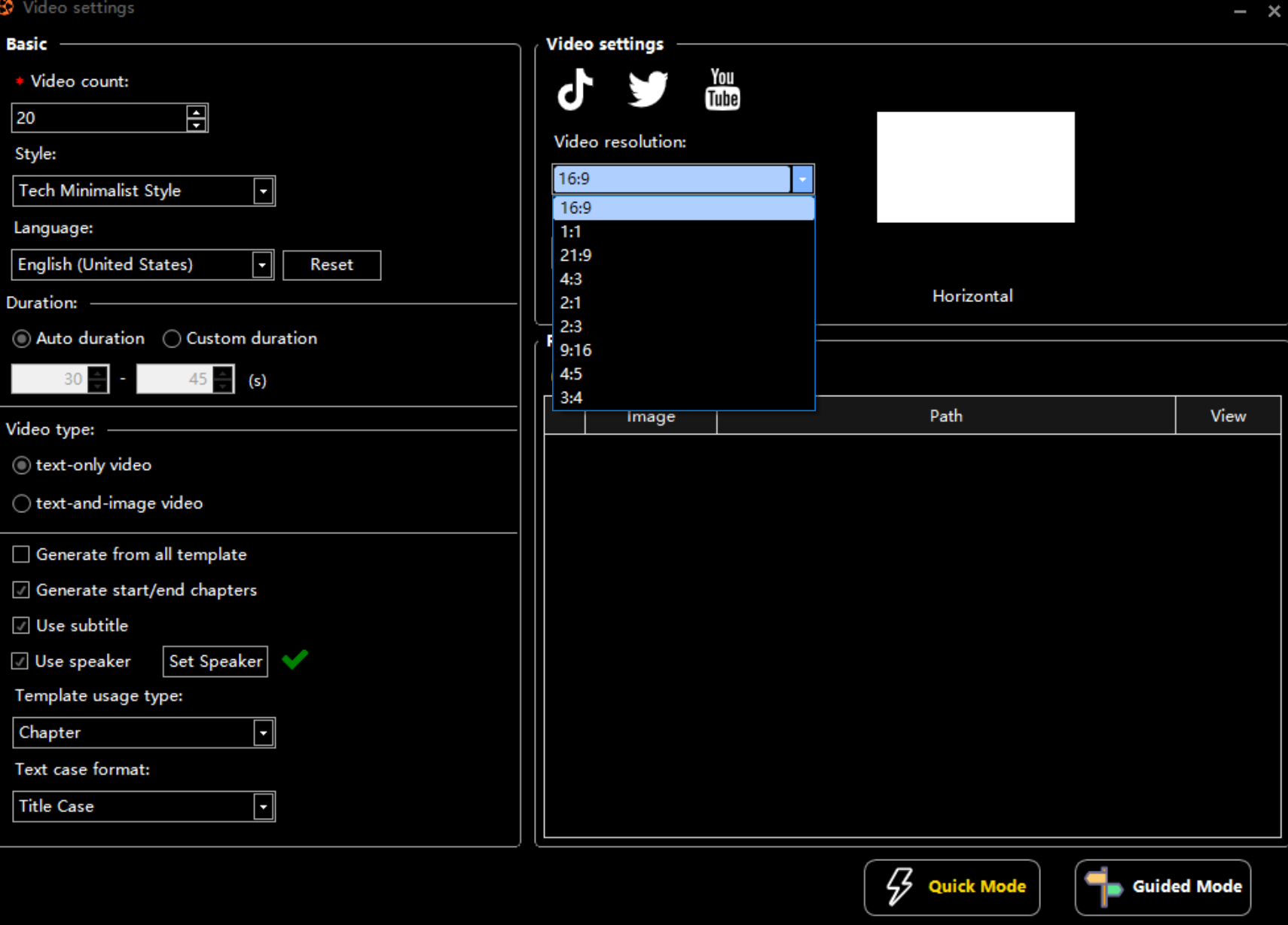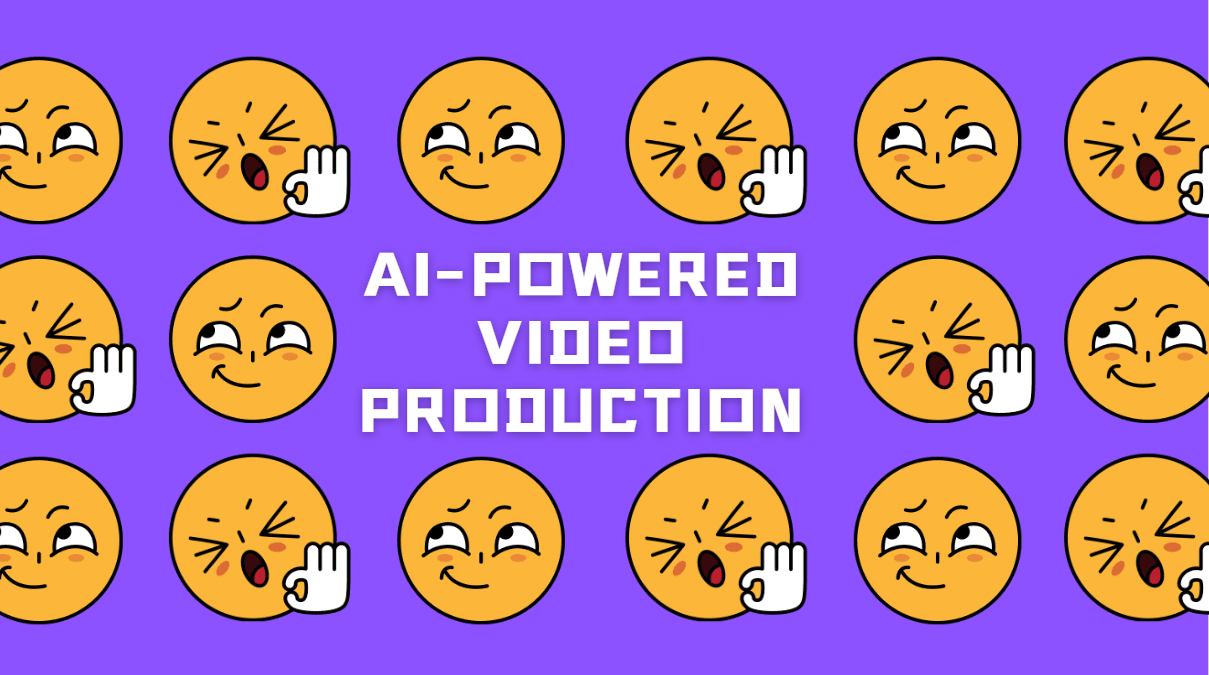How to Streamline Your Video Creation Process Without Hiring More Editors
“Your video team isn’t slow—it’s shackled by 20th-century tools.” — SaaS CEO, Forbes 30 Under 30
In Silicon Valley, speed and scale are no longer optional. The focus has shifted from “who has better editors” to “who has the smarter tools.”
Modern brands are no longer building bigger teams—they’re building faster systems.

Let's look at a comparison: Traditional vs Modern Teams: The Productivity Gap
| Team Type | Team Structure | Monthly Output | Monthly Cost |
|---|---|---|---|
| Traditional Team | 10 people (writers, videographers, editors, PMs) | ~20 videos | $80,000+ |
| Optimized Team | 3 people + AI video editing software | ~500 videos | $15,000 |
That's a 33x increase in output, for less than 1/5 the cost.
Why the gap is massive?
This is because traditional video production is labor-heavy at every step—writing scripts, filming, editing, resizing, subtitling, and coordinating across teams. Each task is handled manually, and version control is a nightmare.
But with modern AI video creation tool: VideoFission. The entire chain is transformed. Smart templates, real-time collaboration, and automation enable companies to create hundreds of videos with just a handful of people. It’s not just a software upgrade—it’s a new video production workflow.
1. Why Most Video Teams Are Struggling to Keep Up
Even the most excellent teams in the U.S. and Europe are falling behind because of three key structural inefficiencies:
1.1 Rising Labor Costs
According to Glassdoor, the average salary for video production professionals rose 18% in 2023.
Senior editors, animators, and post-production staff command high pay, but are often stuck handling tasks that AI video editing software can now automate in seconds.
1.2 Time Zones and Handoffs
It’s common for companies to have U.S.-based writers, Eastern European designers, and Indian video editors. But this leads to delays, inconsistent versions, and miscommunication.
Asynchronous feedback loops turn one-day edits into week-long bottlenecks.
1.3 Repetitive Tasks
Talented designers spend nearly 60% of their time resizing videos, adding subtitles, or exporting content in different formats.
Instead of generating new ideas, they’re stuck inside repetitive loops—leading to burnout, disengagement, and eventually, turnover.
So, it is not necessary to choose a smart video tool, but to let it handle meaningless tasks so that editors spend more time on more novel ideas.
2. The Smarter Workflow: How VideoFission Boosts Productivity
So, what’s the fix?
Let’s break down how teams are using automation to streamline the video creation process without sacrificing quality.
Step 1: Automate the Repetitive Tasks
One master video can automatically generate platform-optimized versions for TikTok, Reels, Shorts, and YouTube. Built-in tools can auto-generate captions, insert branding, and ensure compliance with data regulations like GDPR.
This means your team spends less time on formatting and more time thinking.
This is where AI video editing software proves its value—handling the tedious parts so your team doesn’t have to.

Step 2: Let Creatives Do Creative Work
Freeing up designers and editors from repetitive work gives them space to develop higher-concept videos, craft stronger campaigns, or work directly on brand storytelling.
Some companies are even transforming junior editors into AI workflow coordinators, equipping them to run automated pipelines instead of cutting clips manually.
Step 3: Make Collaboration Seamless Across Borders
Imagine this:
A marketer in Germany uploads a raw video.
A designer in Brazil fine-tunes the layout.
A CEO in New York leaves instant comments on the preview.
The system tracks all changes, versions, and team input in real time.
That’s not a dream setup—it’s the new standard.
This is what a scalable video production system looks like in 2025.
3. Core Advantages of AI-Powered Video Production
Whether you’re running a small business or managing content at scale, here’s what smart automation brings to the table:
3.1 Higher Output, Less Stress
With video production workflow automation, you can scale your output exponentially—without burning out your team.
3.2 Faster Iteration and Testing
More versions = better data. Marketers can A/B test different visuals, hooks, and captions, fine-tuning performance in real time.
This is a huge change for marketing video production, where speed directly impacts ROI.
3.3 Let Talent Focus on What Matters
When routine work is handled by software, teams can focus on branding, storytelling, and campaign strategy—tasks that can’t be outsourced.
3.4 Cost Efficiency and Predictability
Rather than hiring more staff or freelancers, teams can do more with less. You reduce overhead while maintaining creative control.
3.5 Global Collaboration, No Chaos
With centralized tools and cloud-based platforms, video production in digital marketing becomes fluid, even across time zones.
4. Future-Proofing Your Team Structure
Here’s how the structure of a modern video team is changing:
| Traditional Role | Emerging Role |
|---|---|
| Manual Video Editor | AI Workflow Designer |
| Social Media Scheduler | Cross-Platform Content Strategist |
| Localization Manager | Global Compliance Coordinator |
These aren’t just title changes. They reflect a fundamental shift in how content gets made—less hands-on labor, more system design, automation, and analytics.
Your business doesn’t just need tools. It needs a team that knows how to build, run, and scale efficient video pipelines.

5. What This Means for You
You don’t need 10 editors to scale your content.
You don’t need to double your budget to double your reach.
What you need is a smarter system—a streamlined video creation process designed for 2025, not 2010.
If your team is still working like it’s a decade ago—sending files back and forth, struggling with edits, juggling platforms manually—you’re falling behind.
With the right tools and structure, your team can:
Create more content, faster
Optimize performance across platforms
Get better returns without hiring more people
6.It’s Time to Rethink Your Video Stack
Ask yourself:
Is my current video creation process holding us back?
Are we spending time on things that could be automated?
Can our team scale content without hiring more people?
The future belongs to teams that work smarter—not just harder.
And the best AI video editing software doesn’t just make videos faster—it transforms your entire workflow.
The question isn’t whether to change.
It’s how fast you can adapt.


